I had a permission to search and dig a marshy forest where it had been a German soldiers camp. The landowner remembered he and his friends had played with discarded equipment and helmets after the war and he was sure there was still stuff in the camp area.
I soon saw traces of the camp between the trees. Here and there was destroyed and half buried cast iron ovens that had heated the barracks. I also could see barrack foundations and dug out stables or cellars.
The first couple of signals I dug was just the usual food tins but soon I found a small ditch with a lot of different signals. I started to dig here and out came bottles , scrap metal , a few buttons and a whole bunch of ice cleat bolts for the German horseshoes. I am sure I could have been digging that ditch the whole day but this was more like a recce trip to map any dumping ditches.
Not many meters away the Fisher F5 indicated some more metal under the ground. This was a waterfilled hole and it was freezing cold sticking my hand down there. I carefully felt around and when my fingers found metal I knew what it was. Ammo. I pulled out both k98 Mauser ammo and Norwegian Krag Joergensen rounds. All in a very nice condition. As I am not collecting active ammo I put it back after taking a few photos.
Following a small ditch surrounding the camp area I had several other good signals and in one of the spots I think I might have found the main dumping area. Great signals from the detector and only ten centimeters under the soil there was lots of items. I dug a small test hole here as well to make sure and the first item out was a fragile regimental button for a german shoulderboard. Here was also bottles , a few k98 rounds , rests of crates and broken porcelain. Definately more stuff down there but with the freezing cold swamp water it was not a pleasure digging there so after a while I was wet and cold and had to move around again to get the heat back.
I crossed the road to where the landowner had pointed out a bunker for me. Here was lots of iron signals outside the bunker but it was mostly modern rubbish thrown there by a farmer. Inside the bunker was not much signals other than an old barbeque grill and a skull from a horse or some other animal laying on the floor.
As a perfect timing my mother called when I was starting to get tired and well cold , telling me I was invited for dinner. When moms dinner is on the table relics and history can wait for another day. Diggers need to keep the priorities right , right? :)
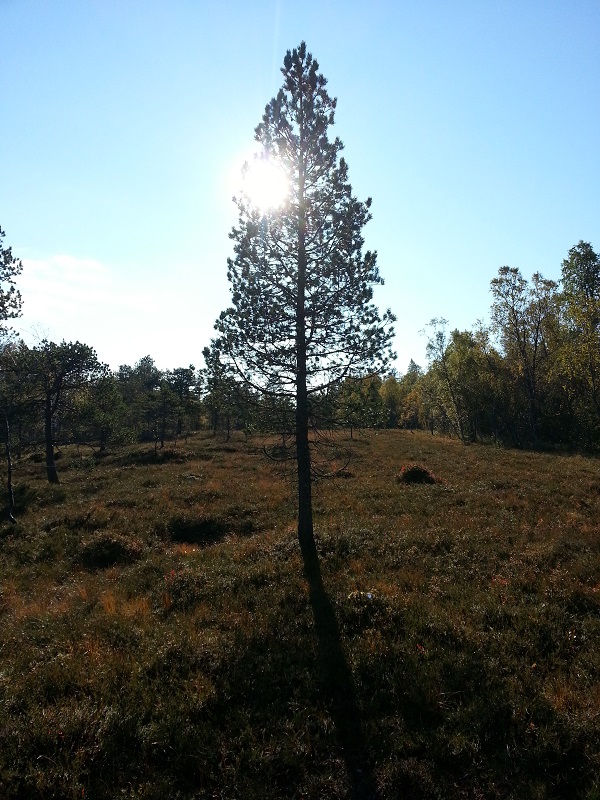
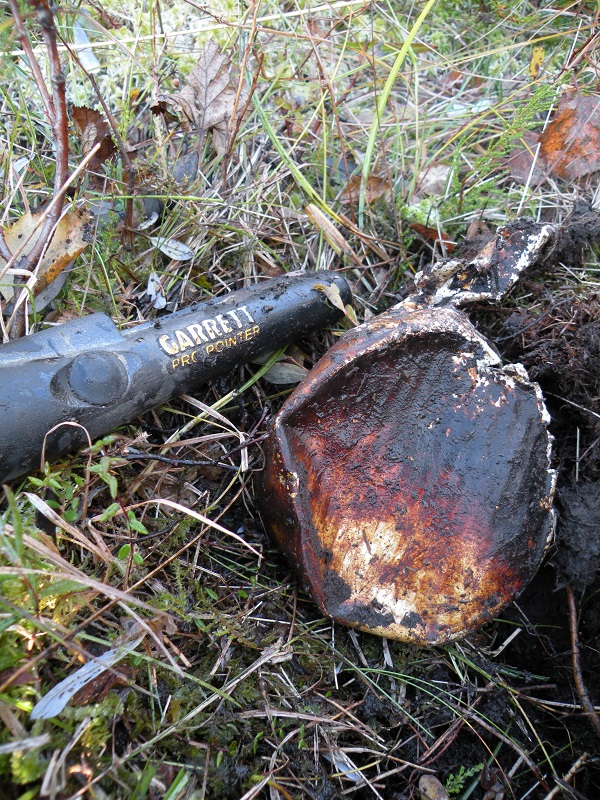
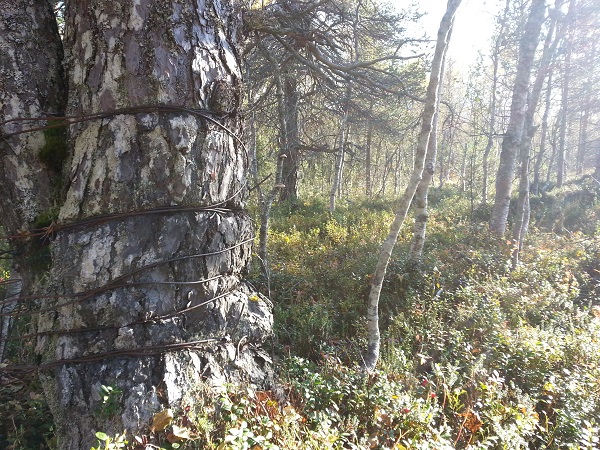
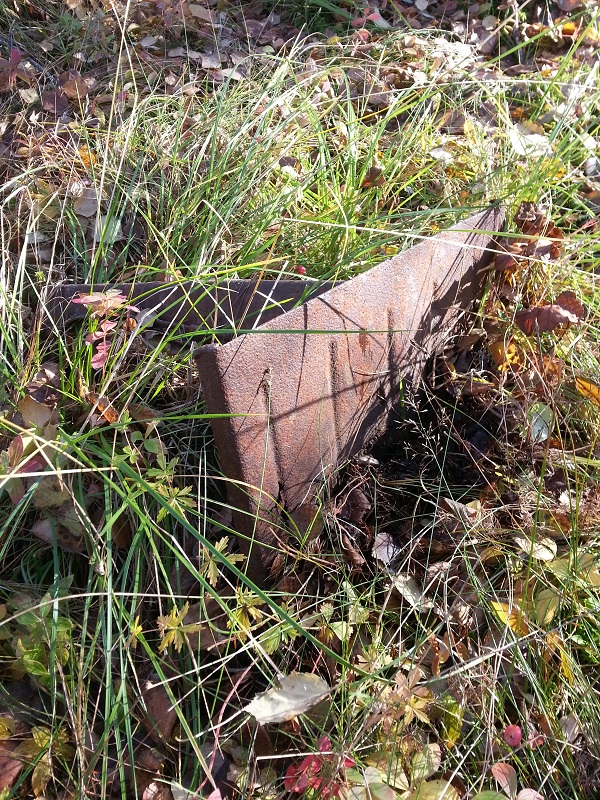
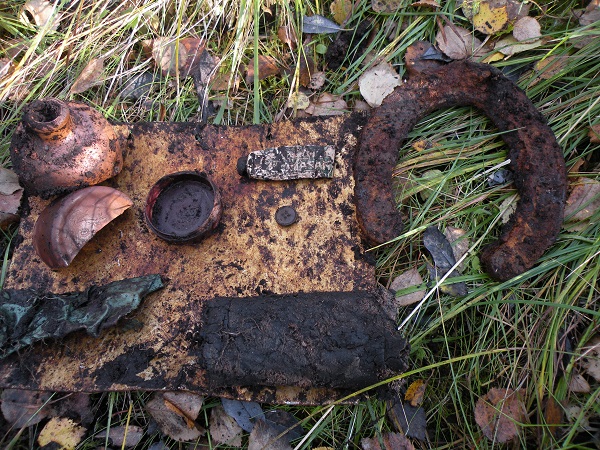
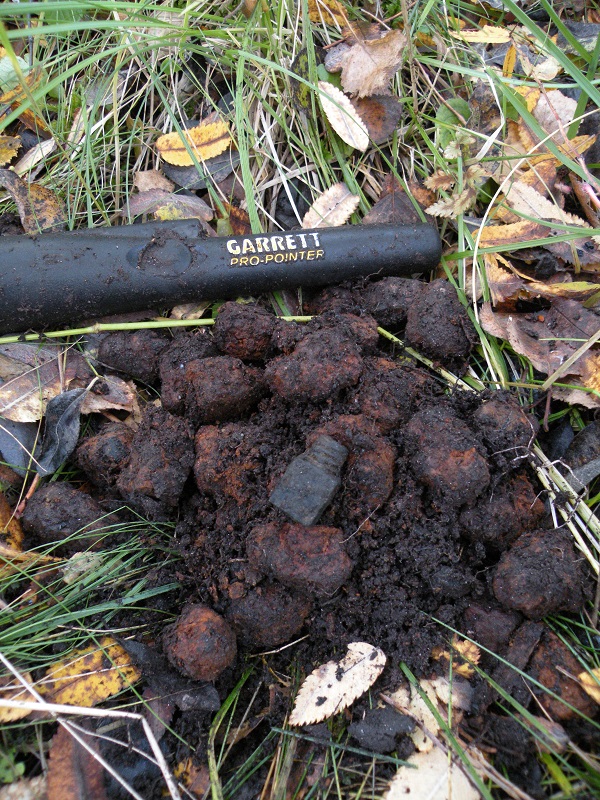
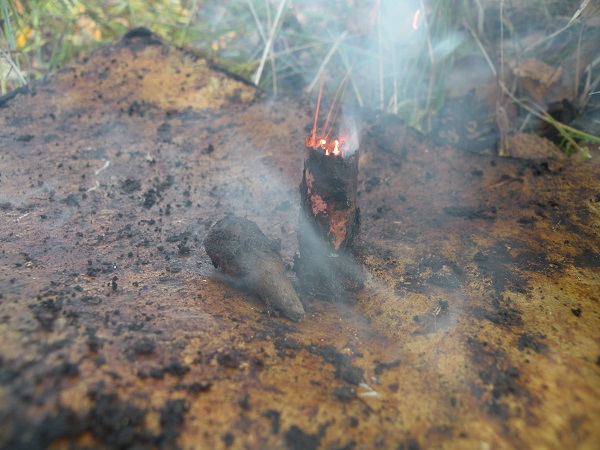
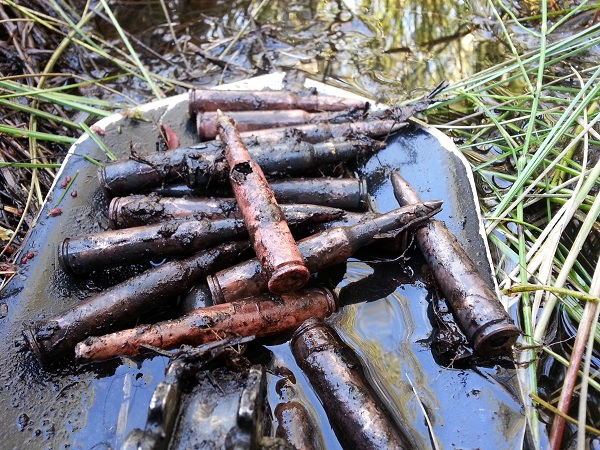
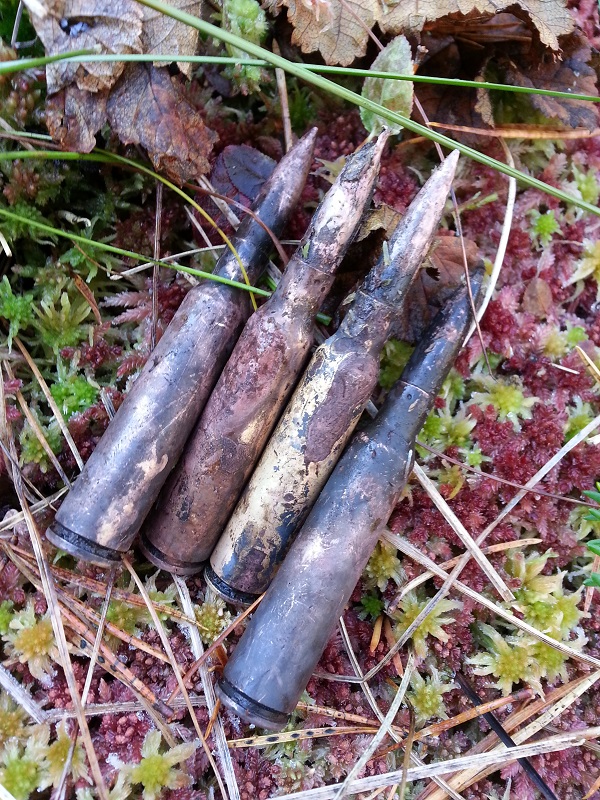
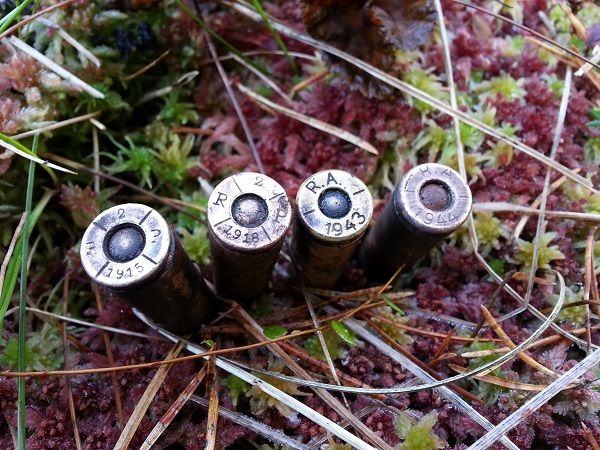
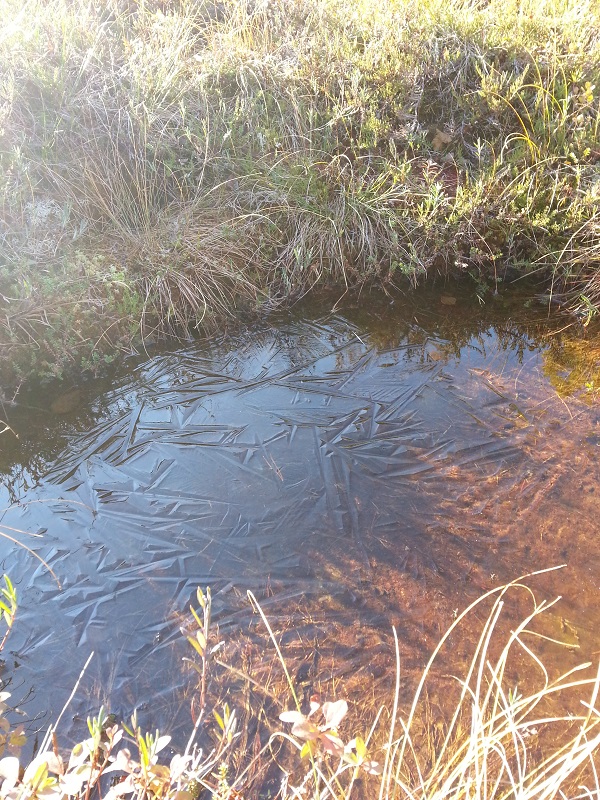
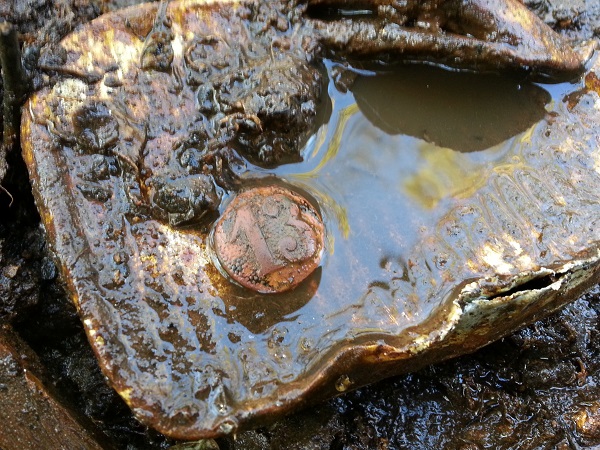
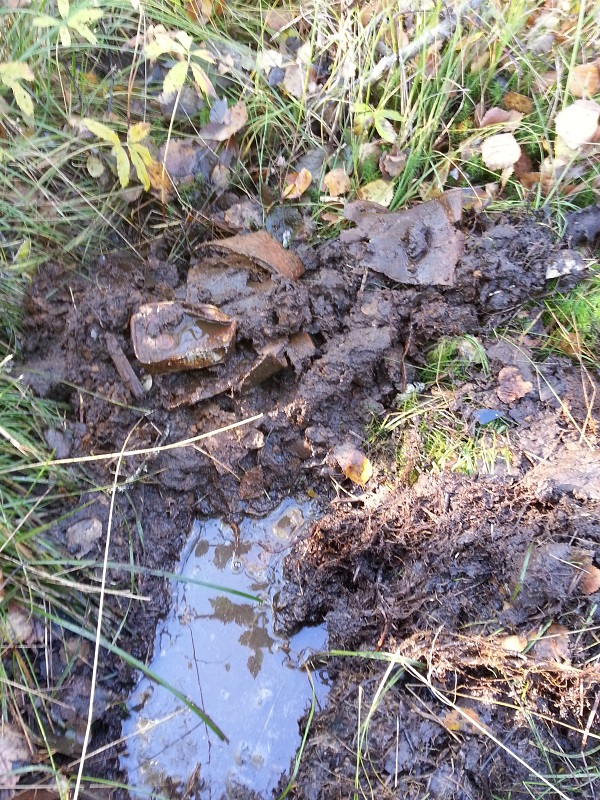
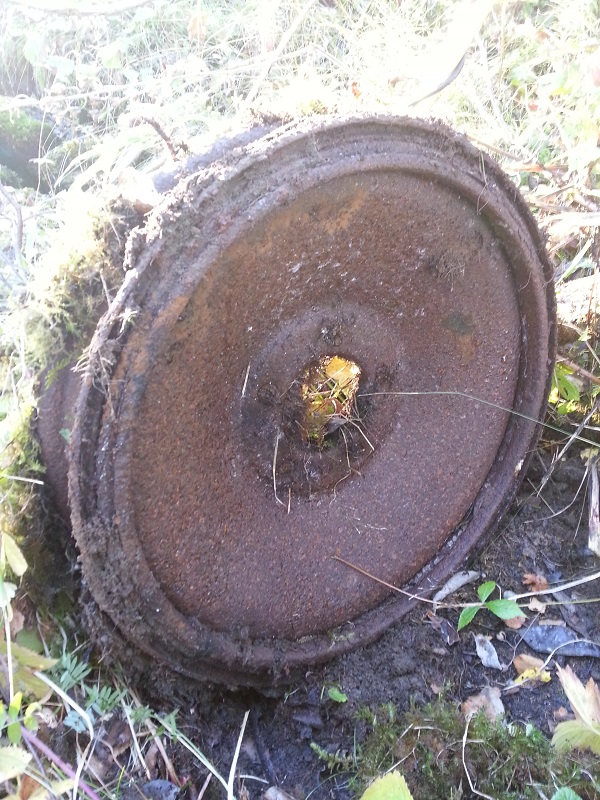
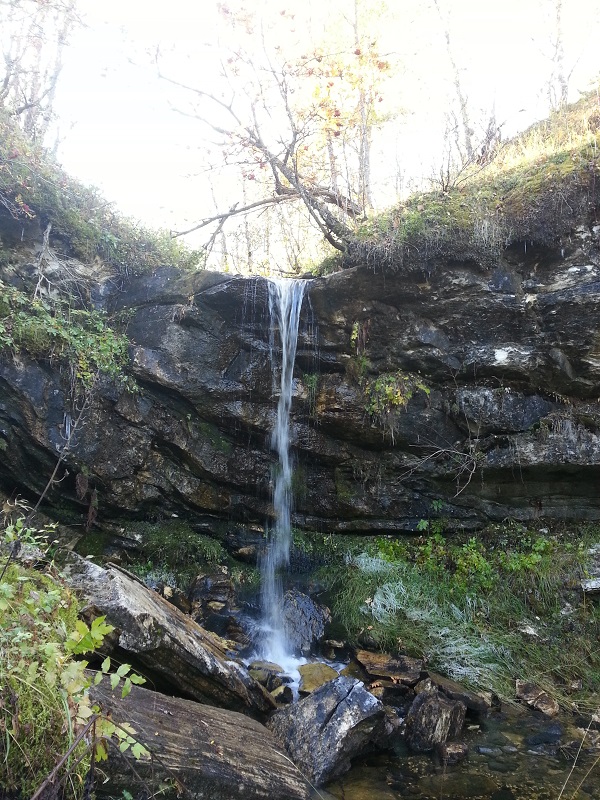
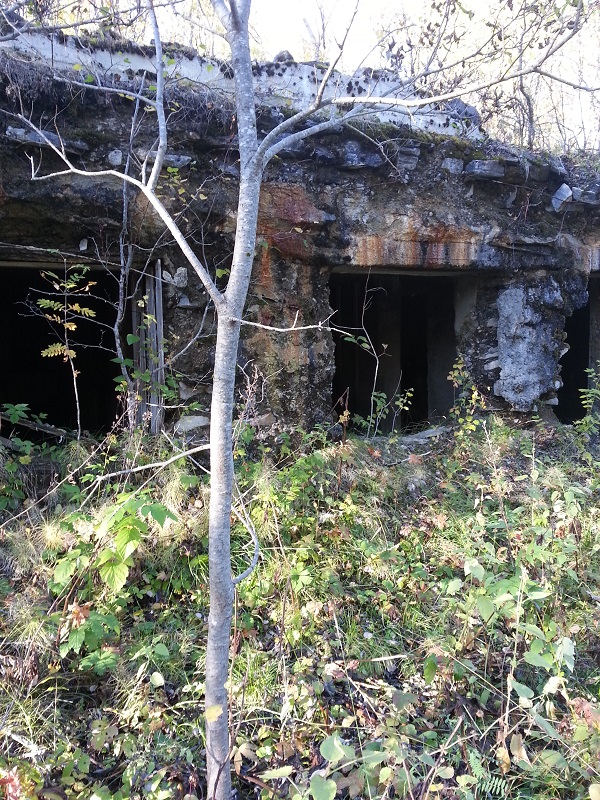
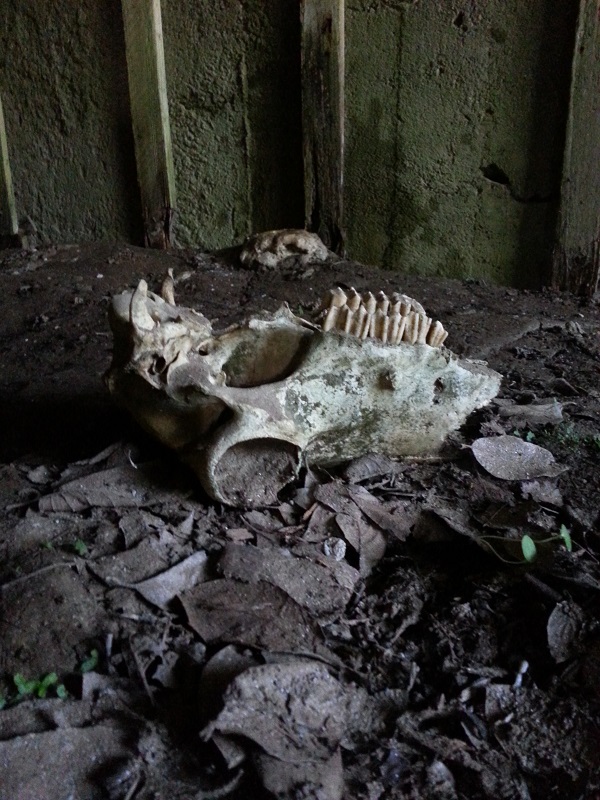
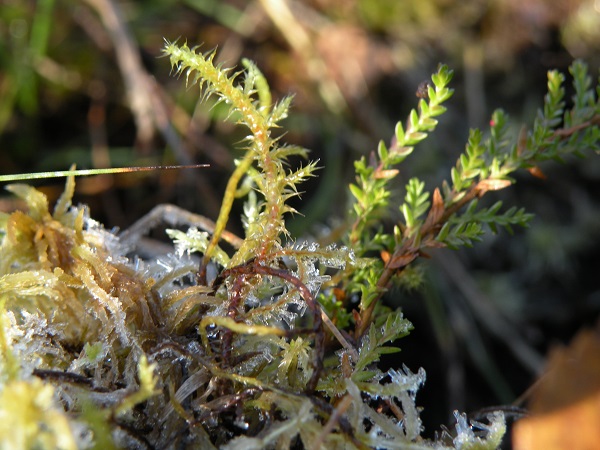
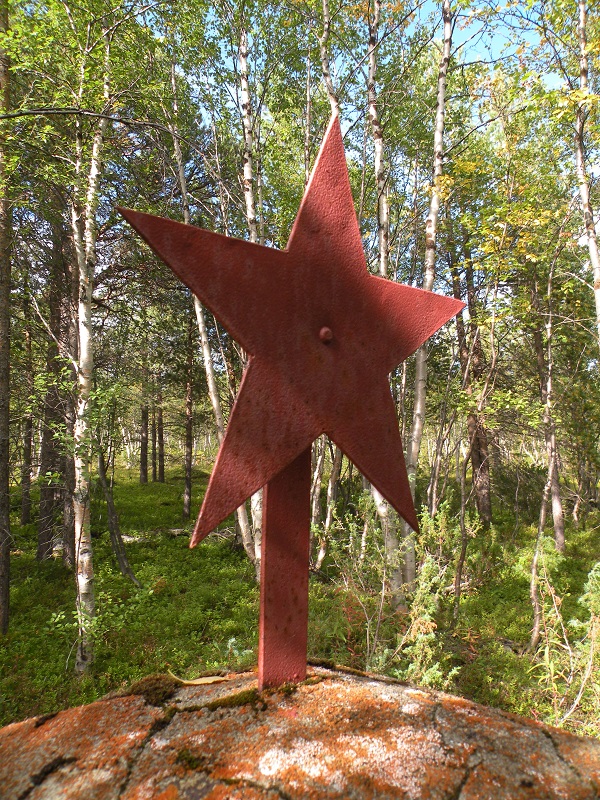
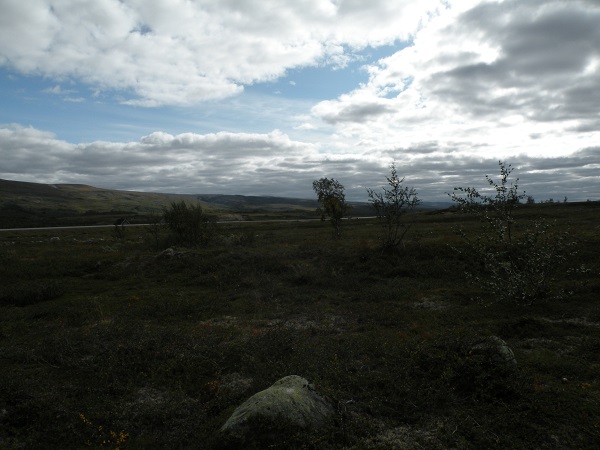
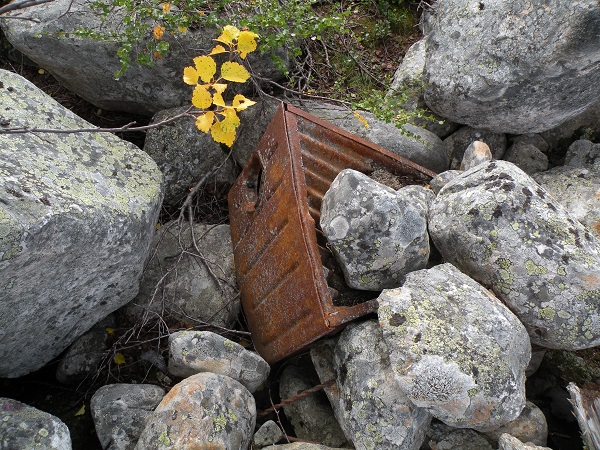
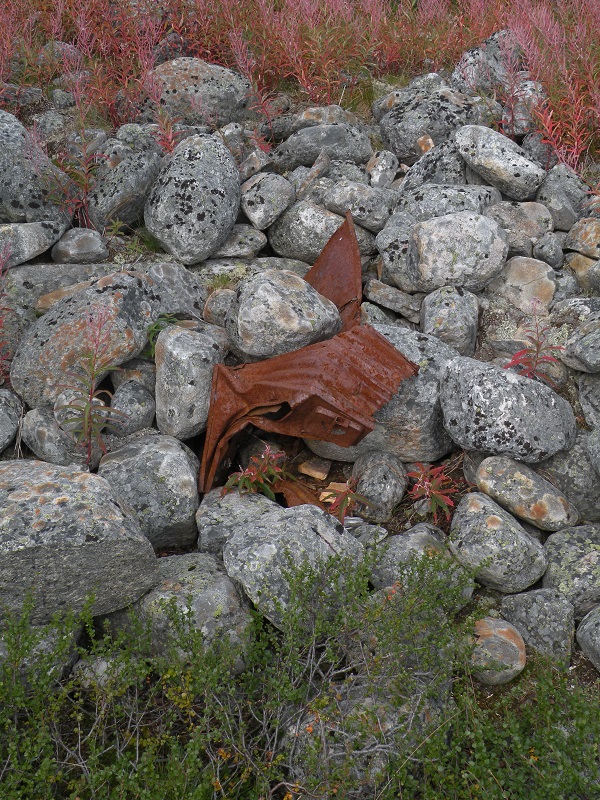
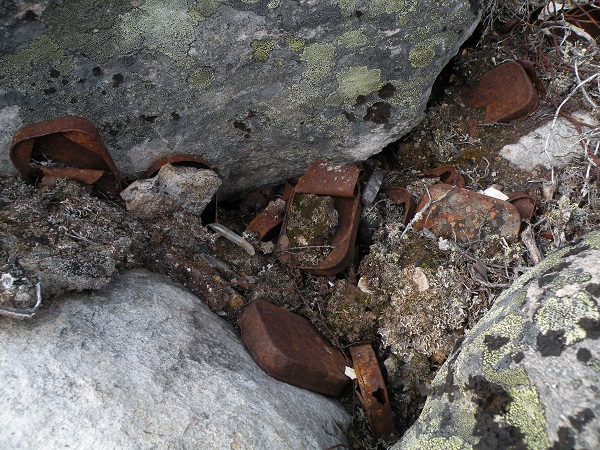
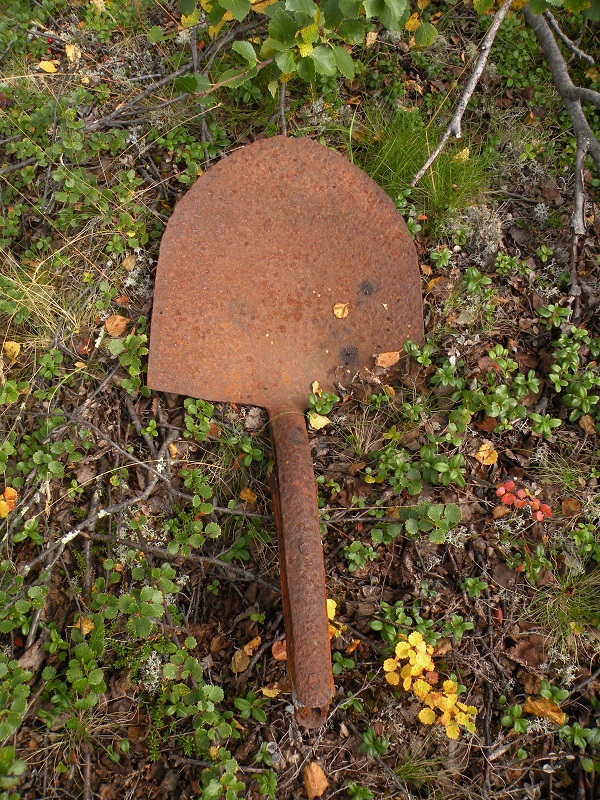
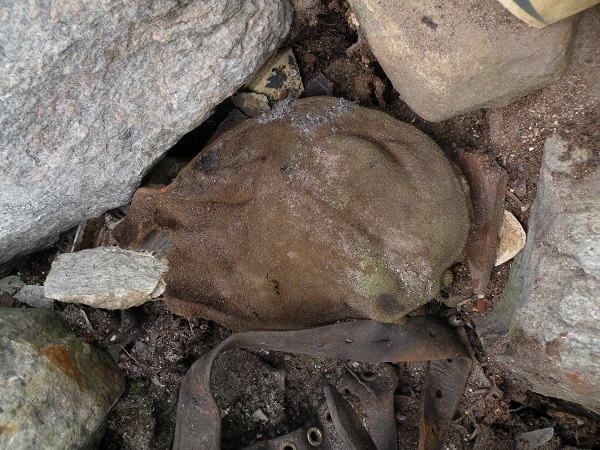
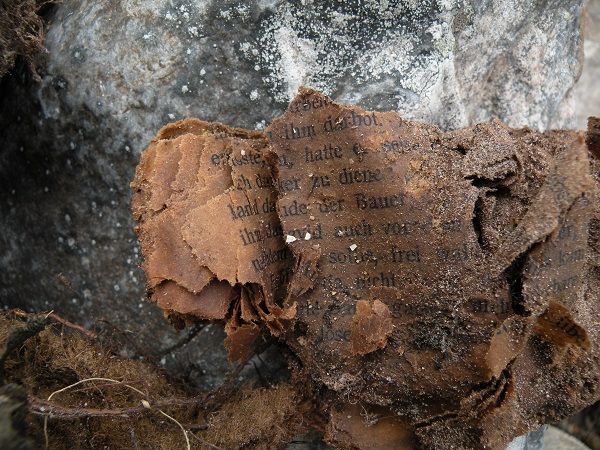
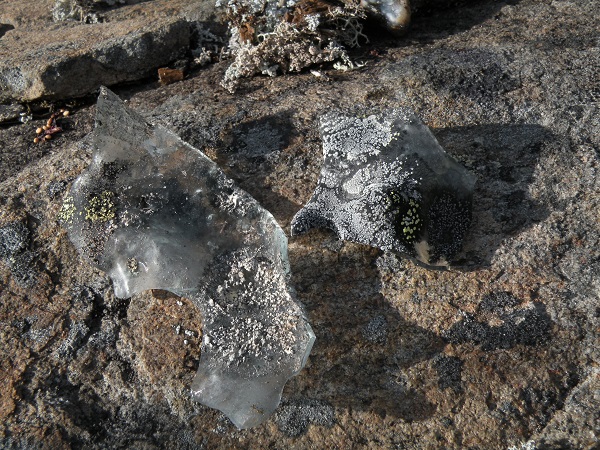
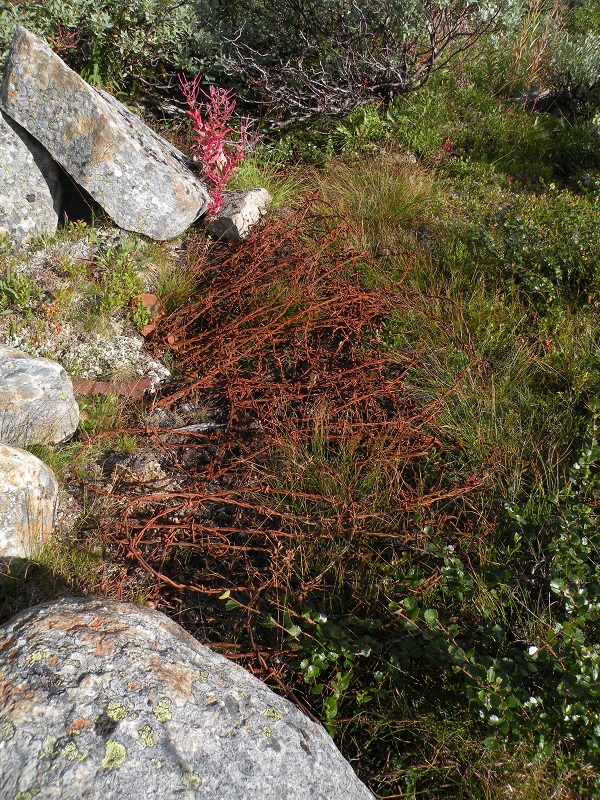
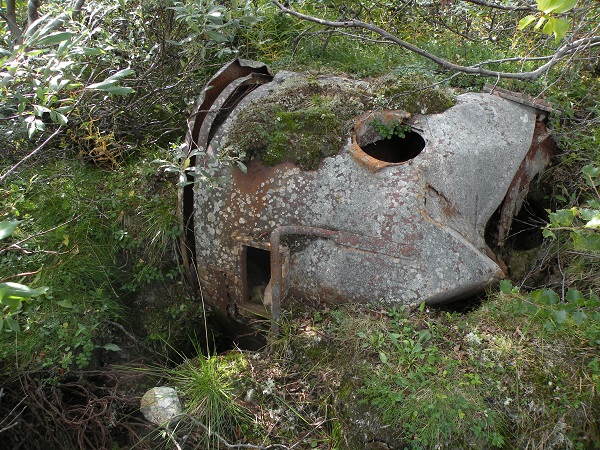
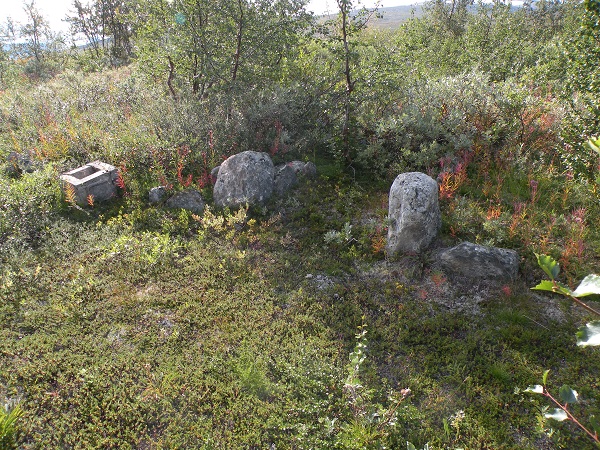
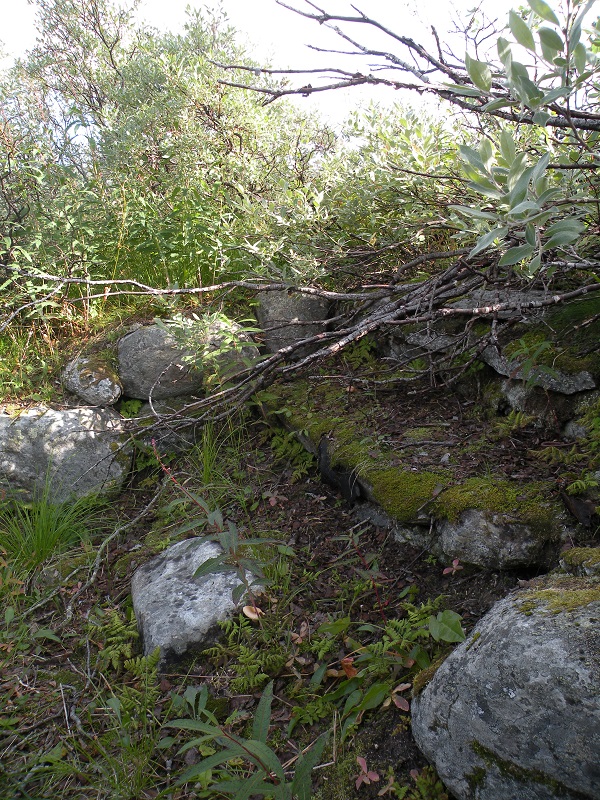
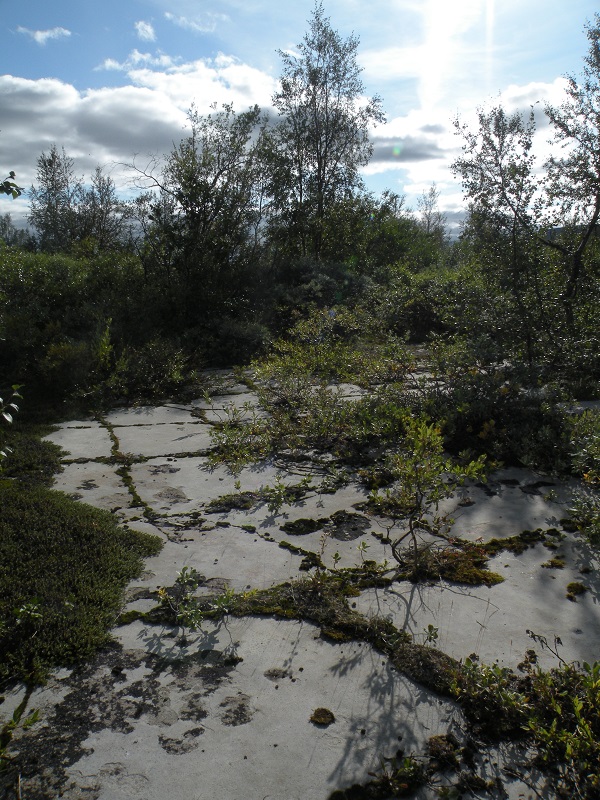
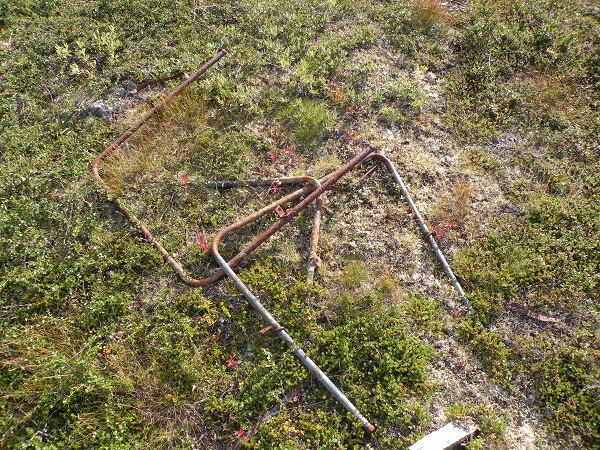
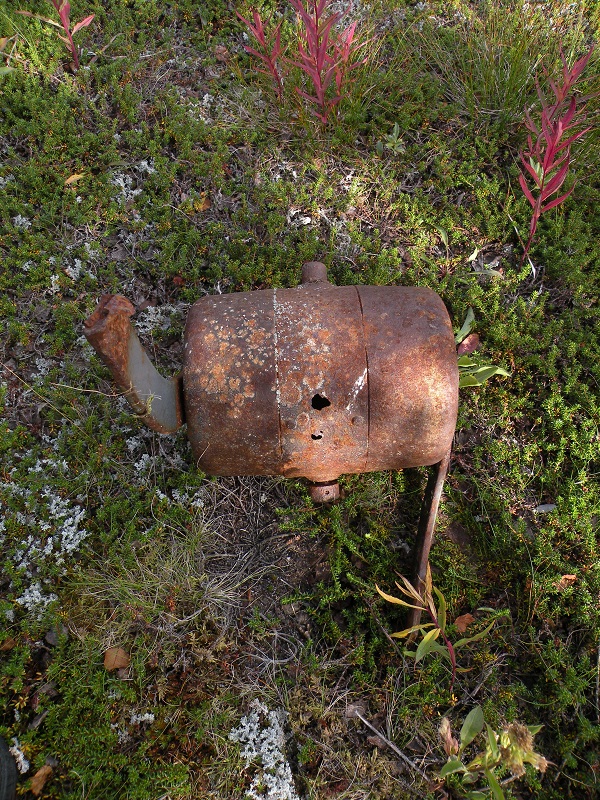
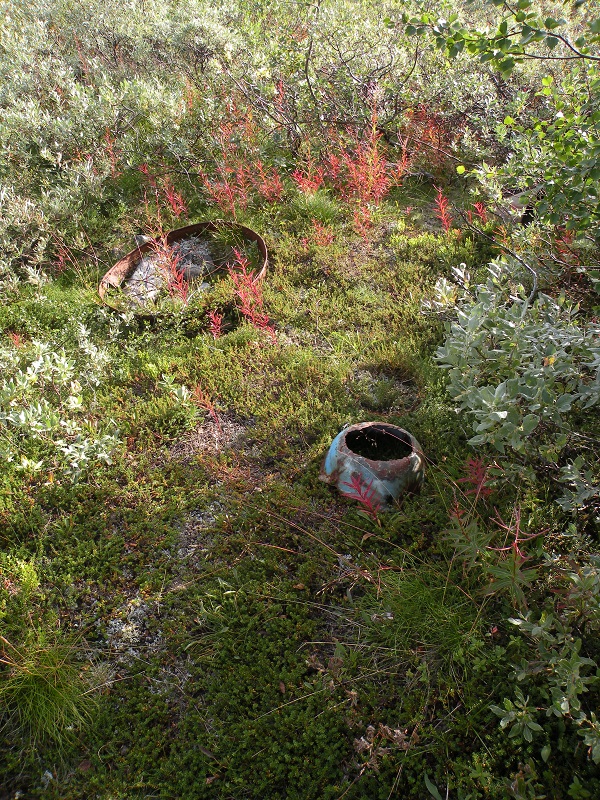
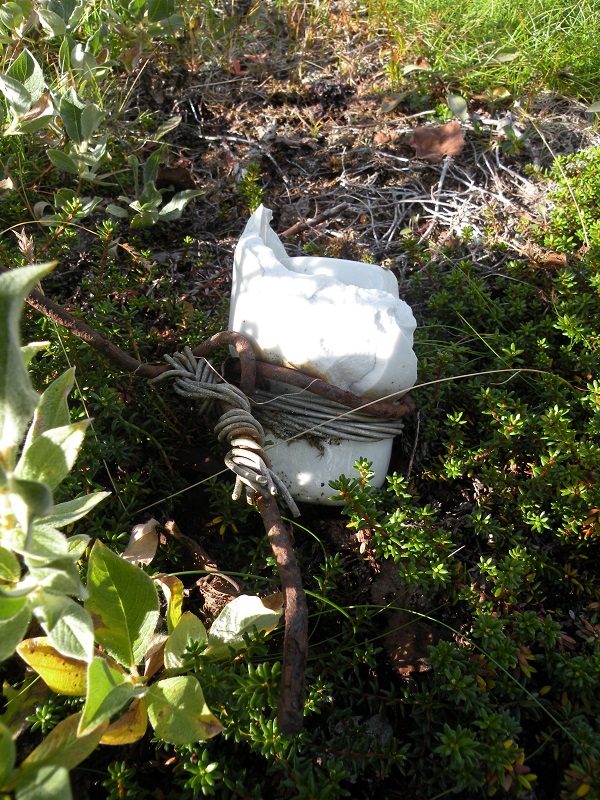
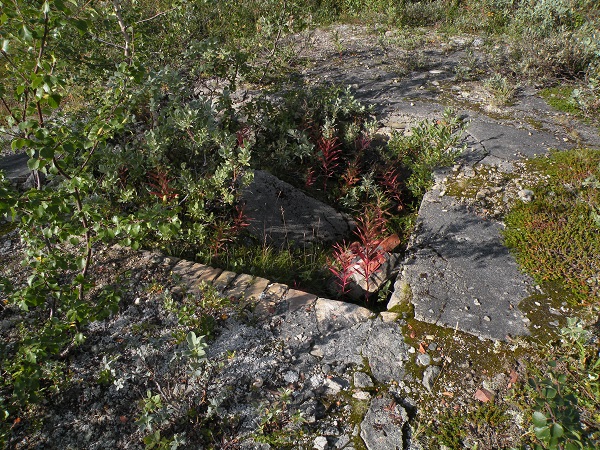
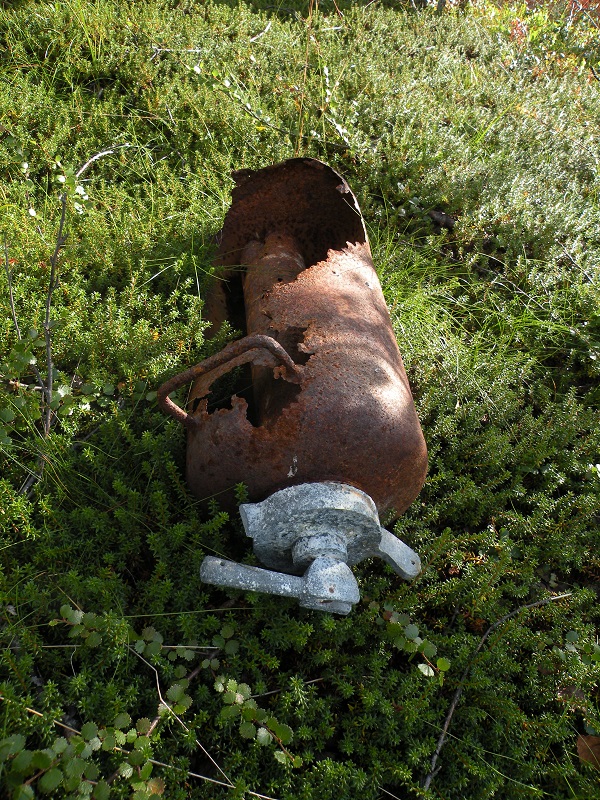
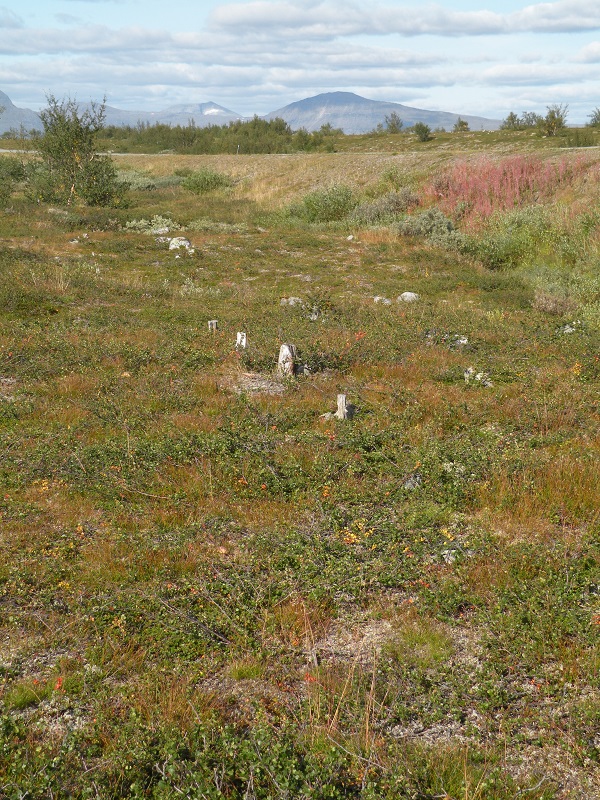
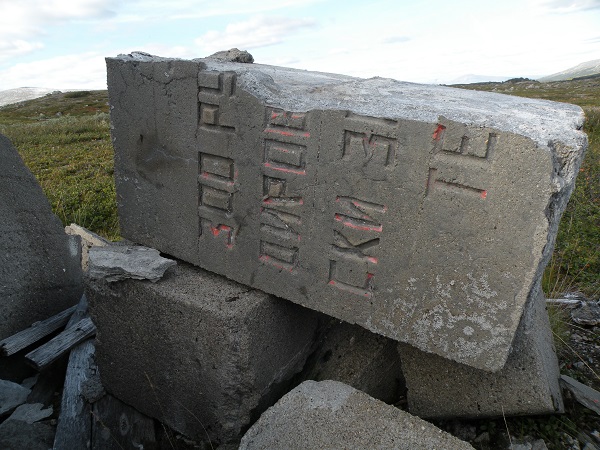
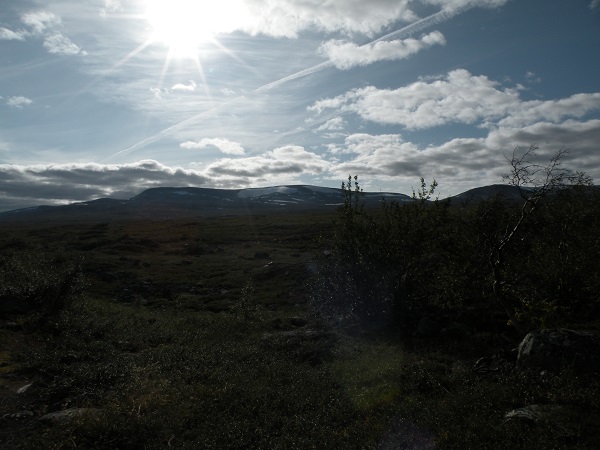
 RSS Feed
RSS Feed